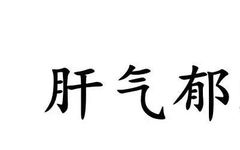“The liver is the general of the body, from which strategies emerge!” The liver can be considered the great general of the human body, but it is also quite fragile; if not careful, dysfunction of the liver and gallbladder may occur. What are the manifestations of liver dysfunction? How should it be treated?1. Stagnation of Liver Qi The main symptoms include emotional depression, distension and pain in the chest and flanks or lower abdomen, frequent sighing, relief upon belching, or the presence of plum pit qi (meiheqi), or goiter. Women may experience breast distension and pain, irregular menstruation, thin white tongue coating, and wiry pulse. The characteristics of this syndrome have two aspects: One is a history of emotional distress and symptoms of emotional depression; The other is the presence of distension and pain in the flanks and along the liver meridian due to Qi stagnation.
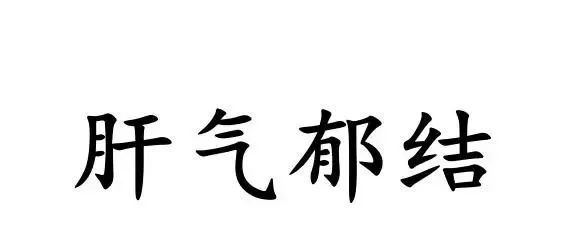
2. Liver Fire Rising The main symptoms include irritability, insomnia with vivid dreams, burning pain in the flanks, red face and eyes, dizziness and headache, tinnitus like a tide, constipation with yellow urine, or the presence of hematemesis or epistaxis, red tongue with yellow coating, and wiry rapid pulse. The characteristics of this syndrome are marked by irritability, burning pain in the flanks, and the heat signs of redness in the face and eyes.3. Liver Yin Deficiency The main symptoms include dull pain or a burning sensation in the flanks, worsening with fatigue, dizziness and tinnitus, dry eyes, dry mouth and throat, five hearts heat (palms and soles feeling hot), red tongue with little moisture, and thin wiry rapid pulse. The characteristics of this syndrome are marked by dull pain in the flanks, dry eyes and mouth, and five hearts heat, indicating liver Yin deficiency or concurrent internal heat.4. Liver Blood Deficiency The main symptoms include dull pain in the flanks, dizziness and vertigo, dry eyes, numbness in the hands and feet, irregular menstruation or amenorrhea in women, pale complexion, pale eyelids, lips, and tongue, and thin wiry pulse. The characteristics of this syndrome are marked by dull pain in the flanks, pale complexion, and pale eyelids, lips, and tongue, indicating liver blood deficiency. This syndrome differs from liver Yin deficiency, which often accompanies internal heat, while this syndrome often accompanies Qi deficiency.
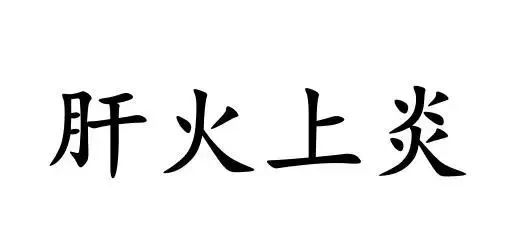
5. Damp-Heat in the Liver and Gallbladder The main symptoms include burning pain and distension in the flanks, abdominal fullness, aversion to greasy foods, worsening of symptoms after consuming greasy foods, bitter mouth and nausea, loose stools, dark yellow urine, or jaundice, red tongue with yellow greasy coating, and wiry slippery rapid pulse. The characteristics of this syndrome are marked by flank pain, abdominal distension, aversion to greasy foods, and yellow greasy coating, indicating damp-heat in the liver and gallbladder.6. Blood Stasis Obstructing the Channels The main symptoms include stabbing pain in the flanks, fixed pain that resists pressure, masses under the flanks, dark complexion, or red spots and lines on the neck, chest, and arms, purple or dark tongue with stasis spots, and choppy pulse. The characteristics of this syndrome are marked by stabbing pain in the flanks, fixed pain that resists pressure, masses under the flanks, and purple or dark tongue with stasis spots, indicating liver and gallbladder blood stasis.
Pathophysiology Summary
The basic pathophysiology of liver and gallbladder disorders is the failure of the liver to disperse and the gallbladder to descend. Common types of pathophysiology include:
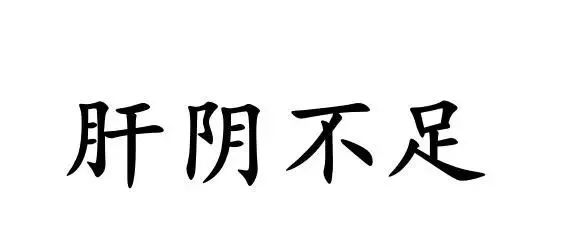
1. Liver Qi Stagnation: Emotional distress and anger injure the liver, leading to liver Qi stagnation, which can also affect the gallbladder, resulting in liver and gallbladder Qi stagnation, causing flank pain and gallbladder distension.2. Liver Fire Rising: Prolonged liver Qi stagnation transforms into fire, which burns and injures the liver and gallbladder, leading to flank pain.3. Liver Yin Deficiency: A deficiency of Yin fluids due to chronic illness, insufficient kidney water, or liver Qi stagnation transforming into fire, leading to liver Yin deficiency and causing flank pain and distension.4. Liver Blood Deficiency: Chronic illness, chronic blood loss, or excessive thinking and fatigue can injure the spleen, leading to insufficient Qi and blood production, resulting in liver blood deficiency and flank pain.5. Damp-Heat Invading the Liver and Gallbladder: Overindulgence in rich foods or alcohol can generate damp-heat, causing liver and gallbladder dysfunction, leading to flank pain, jaundice, and distension.6. Blood Stasis Obstructing the Channels: Chronic liver disease or prolonged Qi stagnation can lead to blood stasis in the liver and gallbladder, causing flank pain, jaundice, and distension.
Treatment Principles
1. Liver diseases are often characterized by excess, Qi stagnation, emotional heat, and blood stasis. Therefore, treatment should focus on soothing the liver, regulating Qi, clearing heat, and invigorating blood, emphasizing the removal of pathogenic factors to protect the liver. It is important to avoid excessive use of aromatic and drying herbs to prevent Yin damage; clearing heat and draining fire should not excessively use bitter cold herbs to avoid damaging the spleen and stomach; invigorating blood and resolving stasis should be combined with soothing the liver to enhance blood invigorating effects.

2. Liver diseases characterized by deficiency are generally divided into Yin deficiency and blood deficiency. Blood deficiency should be treated by nourishing Qi and blood, while Yin deficiency should be treated by nourishing Yin or concurrently clearing heat.3. Gallbladder diseases are often characterized by excess, Qi stagnation, gallbladder stagnation, and stones. Therefore, treatment should focus on regulating Qi, benefiting the gallbladder, and expelling stones. The gallbladder is treated through the liver, so gallbladder treatment should also incorporate methods to soothe the liver. The gallbladder should be unobstructed, and its function should descend with the stomach; thus, methods to benefit the gallbladder and expel stones can be combined with methods to harmonize and descend.4. Liver and gallbladder diseases often involve damp-heat, so treatment should focus on clearing heat and draining dampness, soothing the liver and benefiting the gallbladder; if there is an invasion of epidemic toxins with damp-heat, treatment should focus on clearing heat and detoxifying, clearing heat and draining dampness, while appropriately combining methods to soothe the liver and benefit the gallbladder, and resolve stasis.5. The liver and gallbladder are closely related to the spleen, stomach, and kidneys. When treating liver and gallbladder diseases, attention should also be given to related organs. For example, if there is liver Qi stagnation with spleen deficiency, treatment should focus on soothing the liver and regulating the spleen; if there is liver and kidney Yin deficiency, treatment should focus on nourishing the liver and kidneys; if there is disharmony between the liver and stomach, treatment should focus on soothing the liver and harmonizing the stomach to descend rebellious Qi, etc.6. To prevent and treat liver and gallbladder disorders, one should avoid strong emotional stimuli, enhance confidence in overcoming illness, relieve unnecessary worries, and ensure restful recuperation; avoid excessive consumption of rich foods, especially avoid excessive alcohol; patients with jaundice or distension should avoid alcohol; salt can have astringent effects, so patients with distension should limit salt intake and be given a low-salt diet; if urine output decreases, a salt-free diet should be provided.Don’t forget to follow us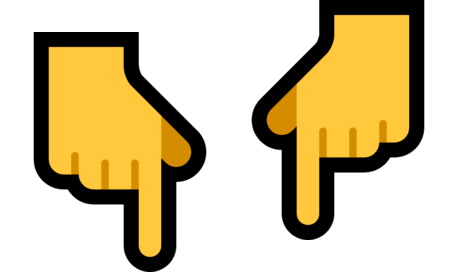 to prevent missing out next time on important information.
to prevent missing out next time on important information.
Note: Some text and images in this article are sourced from the internet. The purpose of sharing this article is to convey more information. If there are any errors in source attribution or infringement of your legal rights, please notify us immediately, and we will delete it promptly and apologize.
You might also like:
Is there cancer in the lungs? If there are these two abnormalities in the chest and back, do a lung CT as soon as possible, do not delay.
Experiencing frequent bloating? Try these four methods to help expel gas from your body.
Methods for nourishing the heart, liver, kidneys, lungs, and spleen are now complete.

